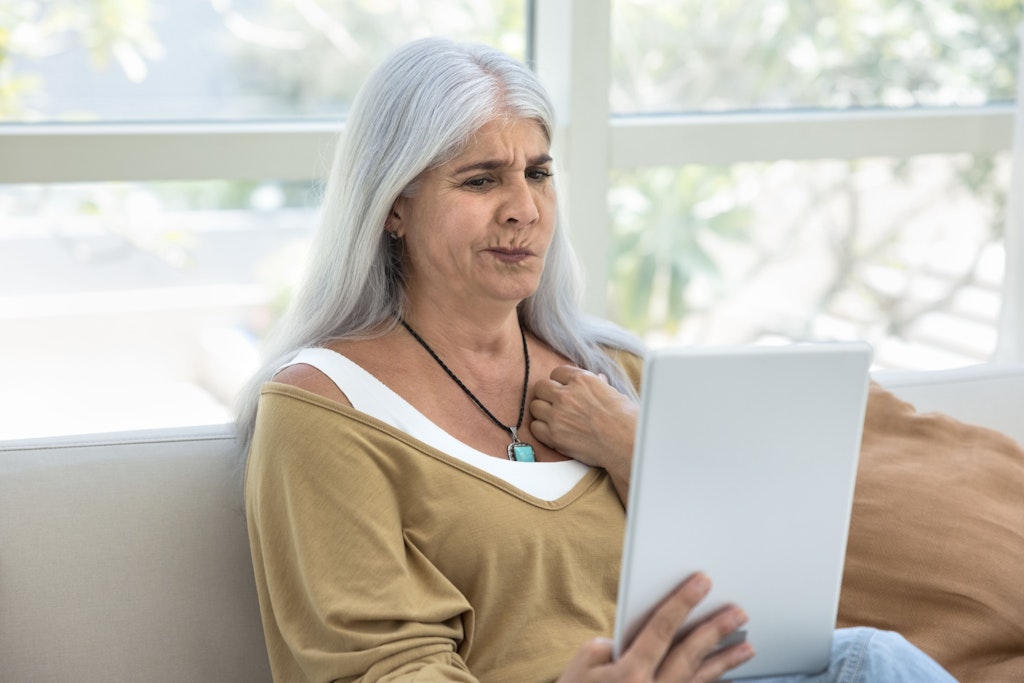Consumers and industry have opposing views on user-friendliness, report finds
Last updated on 9 April 2024

As older consumers look for user-friendly products to help them with daily tasks and activities, new research revealed the majority of people aged 65 and older believe their needs are being overlooked when it comes to product design and usability.
For aged care service providers and companies developing assistive technology and aids, insights from the Global Centre for Modern Ageing (GCMA) could unlock better outcomes with older consumers.
Key points
- According to the Empowering Older Australians with Better Product Usability Report, more than half of people aged 65 and over believe products designed for their demographic are not user-friendly
- Common issues with usability include small fonts, grip issues, challenging packaging, connectivity and compatibility issues and confusing instructions
- Despite that, just over 40% rarely or never seek help with a purchased product even when they’re dissatisfied with its usability
- Four out of five respondents feel that product designers and manufacturers overlook their needs
The findings of the GCMA Report are not unsurprising in a world where products are typically designed for younger generations, however, it is worrying to see older people are unhappy with many products designed for them.
The vast majority of respondents, 93%, said that product usability is crucial for independent living yet most still feel neglected by designers. Julianne Parkinson, GCMA Chief Executive Officer (CEO), said this has to change.
“It’s about recognising and responding to the evolving needs and preferences of older adults, many of whom are living longer and differently,” she said.
“Importantly, it extends well beyond older adults alone. It presents an opportunity for product design to be more inclusive, being mindful of the diverse needs, preferences and circumstances of individuals that continue to change throughout their lives.”
Some of the most common issues cited are not surprising for an older generation that isn’t as technologically savvy; respondents complained about complicated technologies, complex features, small buttons and unclear instructions. Issues connecting devices to cameras, Wi-Fi, Bluetooth or other devices were also commonly mentioned.
As aged care providers introduce more assistive technologies and smart devices into homes and residential care settings, usability is essential. Jane Caro, an author and social commentator who collaborated with GCMA on the Report, voiced her personal frustrations over the lack of usable products for older Australians.
“So many products, so many of them frustrating, impenetrable and hard to use. Instructions are often impossible to read and indecipherable when you can. Packaging seems to be designed to keep you out. I can no longer undo jars, bottles, boxes, medicines, tubes and containers,” Ms Caro said.
Thankfully, where there are obstacles and challenges, so too are opportunities. GCMA’s Report focused on several opportunity areas for industry to overcome usability barriers for older consumers.
Untapped potential
There is a notable gap between recognising the value of usability and the market availability of user-friendly products or products that are customised and tailored to the specific needs and preferences of older consumers.
Combined with an increase in leisure spending, GCMA said there is a growing market for easy-to-use products and services that meet the needs of older adults. Service and product providers therefore need to connect more effectively with this expanding consumer segment.
Purchasing behaviour and information gathering
Research revealed that more than half of older people read online reviews before purchasing products, while three out of four consumers want age-friendly information for products in this demographic.
What does that mean for providers? You must address older consumers if you have a product designed for them, and potentially even for younger audiences. Highlighting why a product suits an older consumer will encourage them to purchase it. Additionally, consumer feedback should always be used to enhance products to better suit older demographics.
Ms Parkinson said that if providers recognise that the actual usability of products may not always reflect what they believe is user-friendly, it will help develop better outcomes.
“This represents a great opportunity for product developers to better understand these consumers and close the gap on usability frustrations, and enhance satisfaction,” Ms Parkinson added.